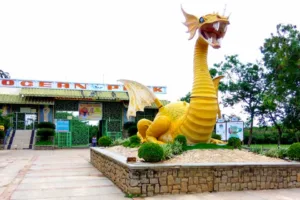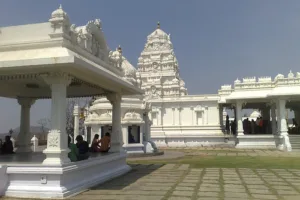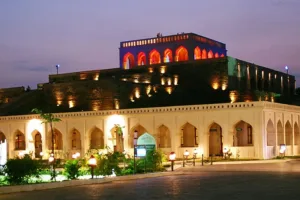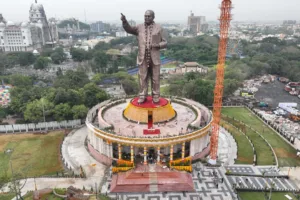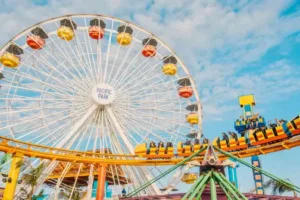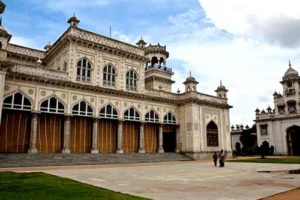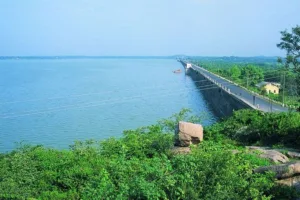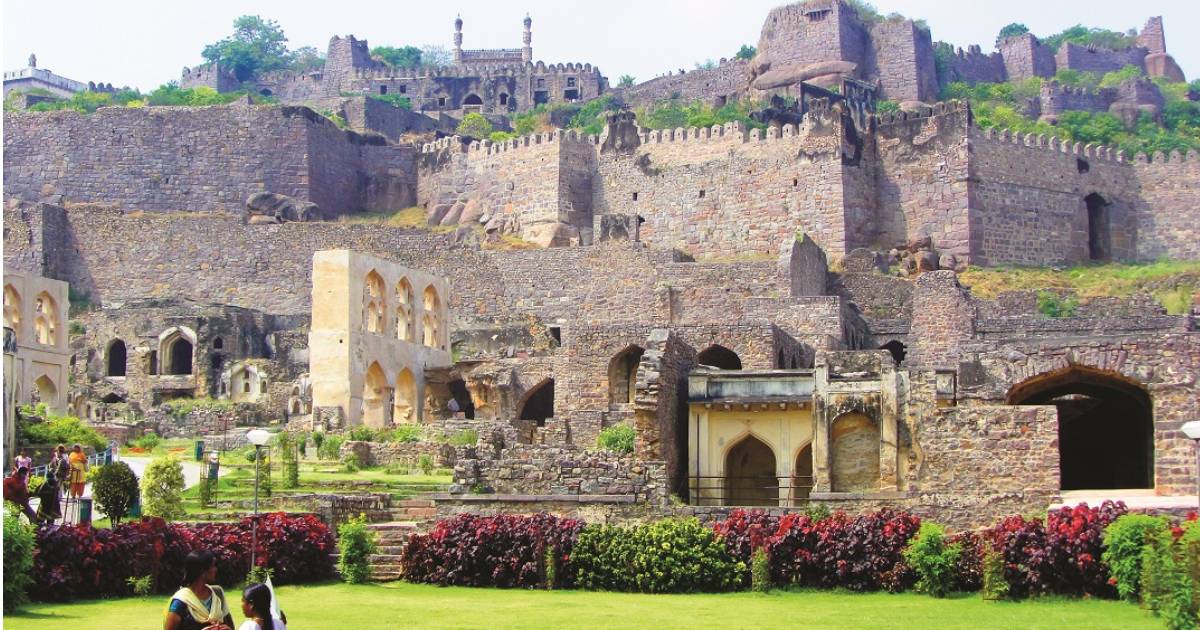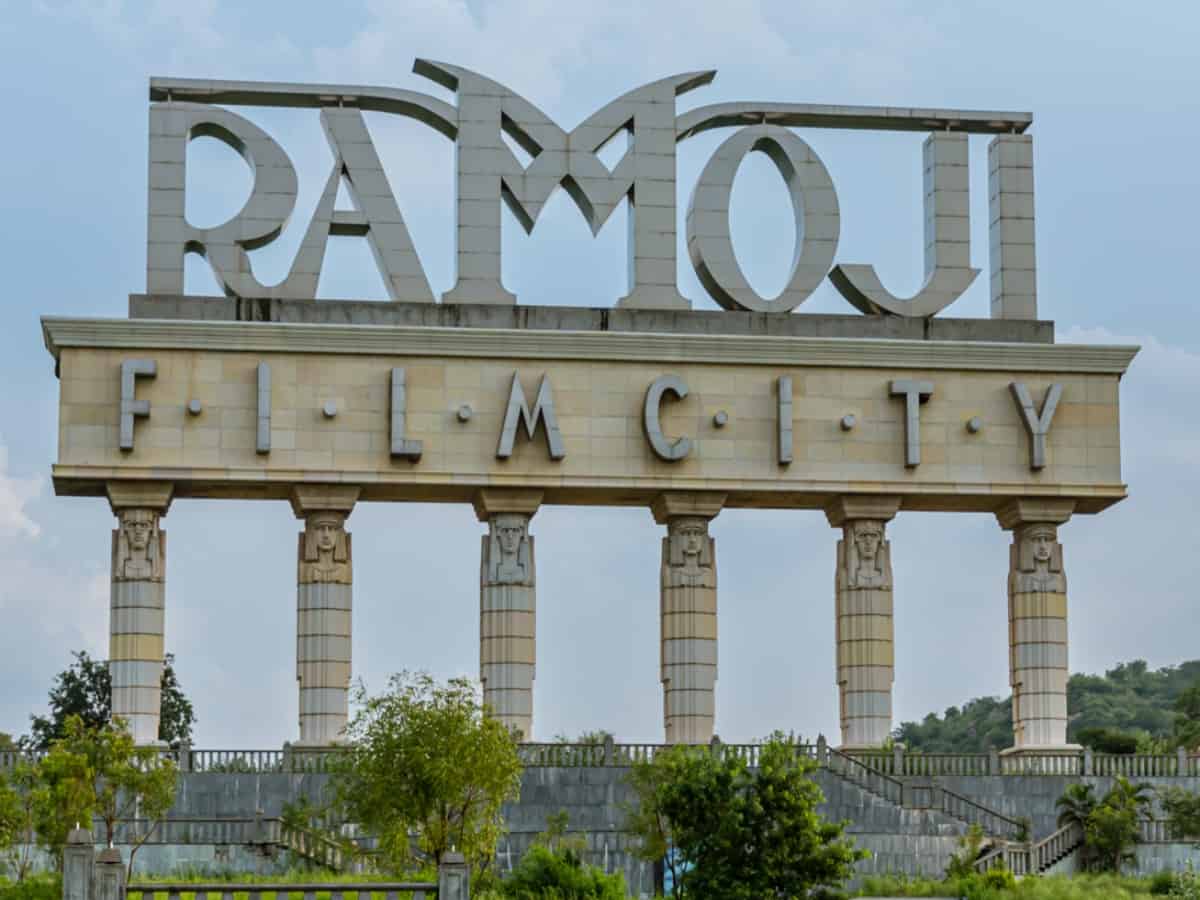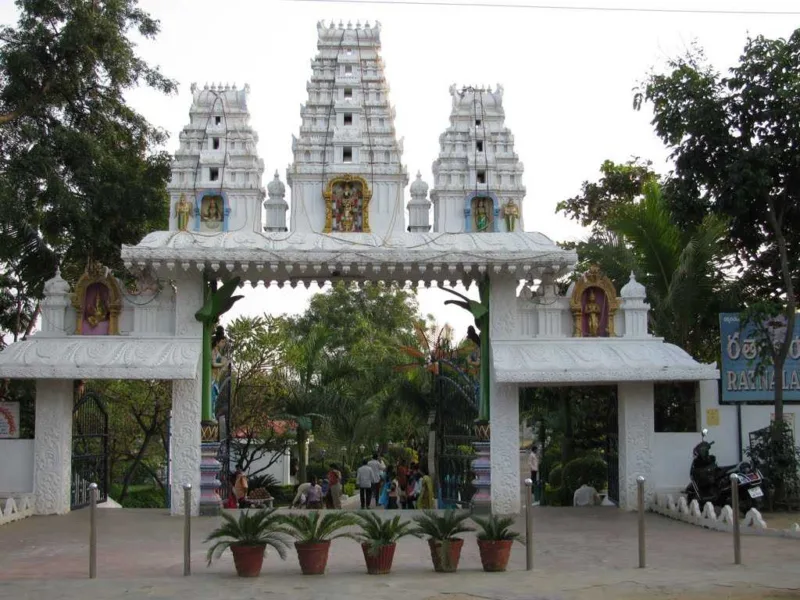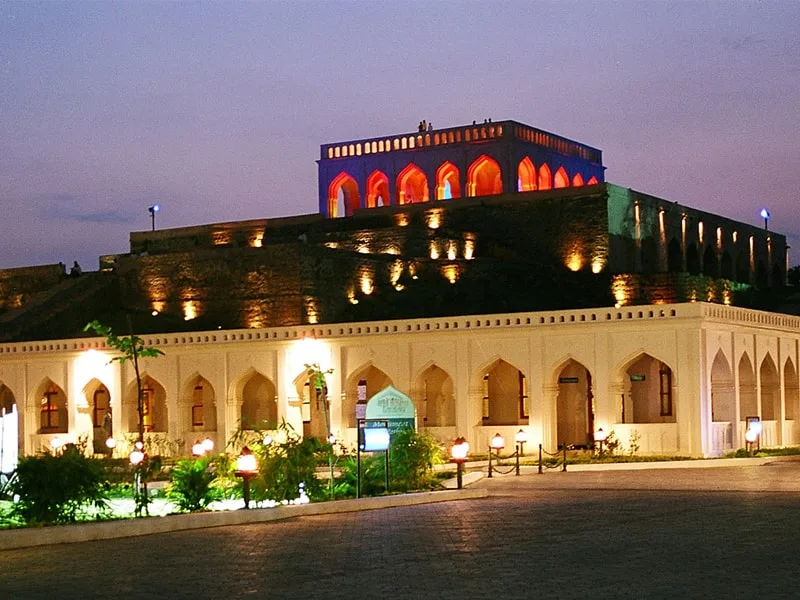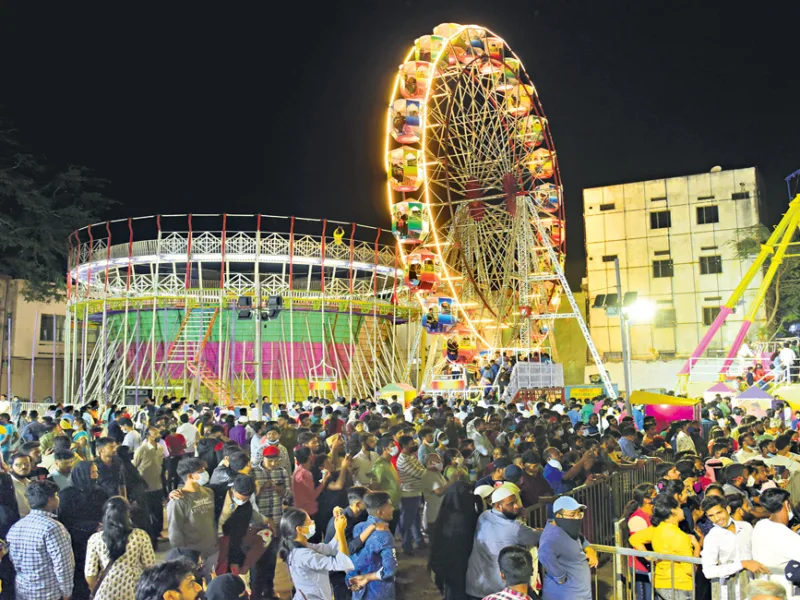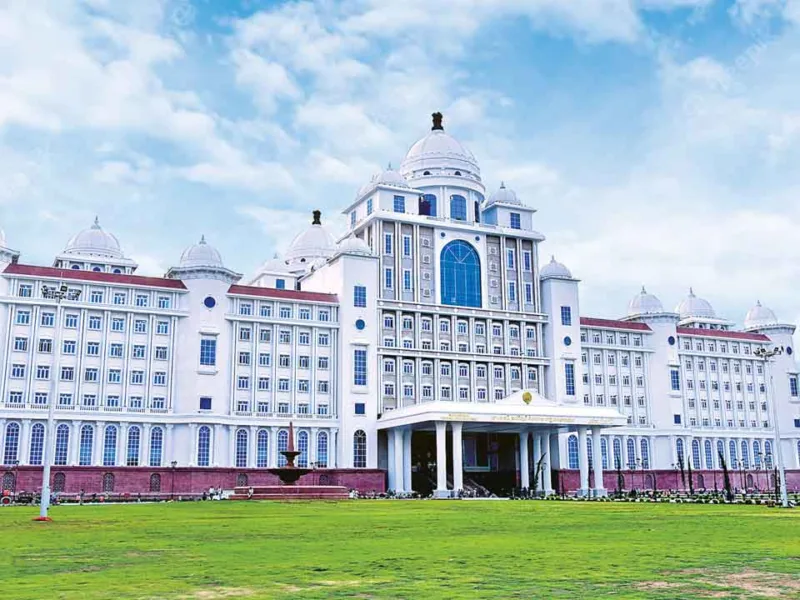Bandhavgarh Travel Guide – Bandhavgarh Tourism
About Bandhavgarh:
Nestled in the Vindhya Range in Madhya Pradesh, Bandhavgarh National Park is a biodiversity hotspot and a tiger reserve renowned for its dense forests and thriving wildlife. The park is not only a haven for the elusive Bengal tiger but also a sanctuary for various species of deer, leopards, and a myriad of birdlife. Beyond its natural wonders, Bandhavgarh boasts historical significance, with ancient ruins scattered throughout the park, adding a mystical charm to the wilderness.
Best Time To Visit Bandhavgarh:
The best time to visit Bandhavgarh is from October to March when the weather is pleasant, and wildlife sightings are at their prime. The park is closed during the monsoon season, from July to September.
How To Reach Bandhavgarh:
Bandhavgarh is accessible by air, with the nearest airport being Jabalpur Airport. The Umaria railway station is the closest railhead, and the park can also be reached by well-connected road networks.
Transport In Bandhavgarh:
Local transport within Bandhavgarh includes safari jeeps and elephants, providing visitors with a thrilling and immersive wildlife experience.
People Of Bandhavgarh:
The local communities surrounding Bandhavgarh reflect a harmonious coexistence with nature, contributing to the region’s conservation efforts.
Languages Of Bandhavgarh:
Hindi is the predominant language spoken in Bandhavgarh, while English is commonly understood in tourist areas.
History Of Bandhavgarh:
Bandhavgarh has a rich historical legacy, with ancient forts and temples within the park, narrating tales of bygone eras and the region’s cultural significance.
Culture Of Bandhavgarh:
The culture of Bandhavgarh is deeply intertwined with its natural heritage, with an emphasis on wildlife conservation and sustainable tourism.
Weather Of Bandhavgarh:
Bandhavgarh experiences a tropical climate, characterized by hot summers, a monsoon season, and mild winters, making the winter months ideal for wildlife safaris.
Best Places to Visit in Bandhavgarh:
Bandhavgarh National Park: Embark on thrilling safaris in Bandhavgarh National Park, known for its high tiger density, diverse flora, and enchanting landscapes. Explore the Tala Zone, Magdhi Zone, and Khitauli Zone for varied wildlife sightings.
Bandhavgarh Fort: Ascend to the ancient Bandhavgarh Fort, perched atop a hill within the park. Marvel at the panoramic views of the surroundings and discover the fort’s historical significance.
Shesh Shaiya: Visit Shesh Shaiya, an ancient sculpture of Lord Vishnu reclining on a seven-headed serpent, nestled in a cavern within Bandhavgarh National Park.
Baghel Museum: Explore the Baghel Museum, located near the Tala Zone entrance, housing a collection of artifacts and belongings of the Maharaja of Rewa.
Charger’s Point: Admire the majestic Charger’s Point, named after the legendary tiger Charger, offering breathtaking views of the park and its wilderness.
Climber’s Point: Hike to Climber’s Point for a mesmerizing sunrise or sunset experience, capturing the beauty of Bandhavgarh’s landscapes.
Juhila Pool: Visit Juhila Pool, a serene water body where wildlife often gathers, providing an ideal spot for birdwatching and quiet contemplation.
Bari Gufa: Discover Bari Gufa, an ancient cave adorned with prehistoric paintings, offering a glimpse into the early human presence in the region.
Three-Cave Point: Explore the Three-Cave Point, a cluster of caves housing ancient inscriptions and carvings, adding an archaeological dimension to the park.
Bhitri Bah: Visit Bhitri Bah, an area within the park known for its dense vegetation, providing a habitat for various wildlife species.
Andheri Jheriya: Witness the beauty of Andheri Jheriya, a picturesque spot within the park where animals often gather to quench their thirst.
Ketkiha: Experience the tranquility of Ketkiha, a lesser-visited area of the park, known for its serene landscapes and potential wildlife encounters.
Sita Mandap: Discover Sita Mandap, a historic site associated with the Ramayana, where it is believed that Goddess Sita took refuge during her exile.
Hanuman Mandir: Pay homage at Hanuman Mandir, a temple dedicated to Lord Hanuman, located within the park premises.
Bamni Dadar: Visit Bamni Dadar, also known as Sunset Point, for a captivating view of the sunset against the backdrop of the Vindhya Range.
Vulture Point: Explore Vulture Point, a site known for its resident vulture population, providing a unique ecological perspective.
Rekha Dam: Witness the scenic beauty of Rekha Dam, a man-made water body surrounded by lush greenery, attracting various bird species.
Jwalamukhi Temple: Visit the Jwalamukhi Temple, dedicated to Goddess Jwalamukhi, and experience the spiritual aura of this sacred site.
Chakradhara: Explore Chakradhara, an area known for its natural springs and water sources, enhancing the biodiversity of the region.
Wildlife Photography: Bandhavgarh offers incredible opportunities for wildlife photography. Capture the essence of the jungle, from the elusive tiger to vibrant birdlife, creating lasting memories.
Bandhavgarh, with its untamed landscapes, historical intrigue, and commitment to conservation, stands as a testament to the majestic wilderness of India. This travel guide provides a comprehensive overview, encouraging travelers to immerse themselves in the natural wonders, cultural heritage, and wildlife encounters that define Bandhavgarh. Plan your expedition to this wildlife haven for an unforgettable journey into the heart of India’s wild side.

